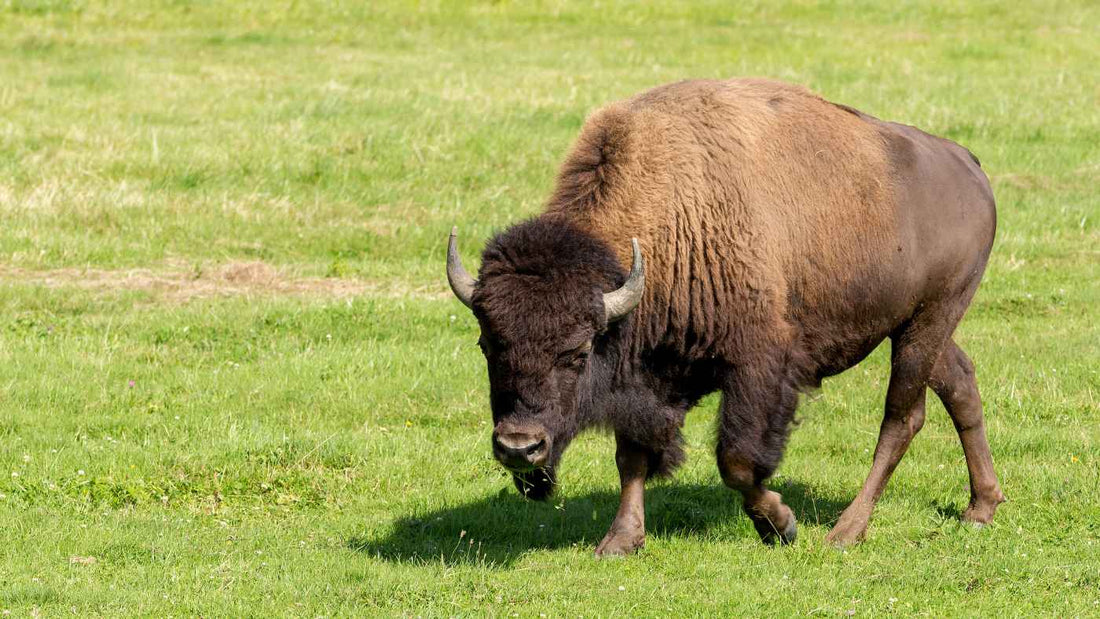
Interesting Facts About American Bison: North America's Largest Ruminant
Share
Have you ever marveled at the American Bison, the majestic symbol of the North American wilderness?
Bison, often known as buffalo, are fascinating creatures with a rich history and many intriguing characteristics.
Here are 10 Fascinating Facts About North America's Largest Mammal:
1. Two Species: There are two species of bison: the American bison (Bison bison), found in North America, and the European bison (Bison bonasus), or wisent, found in Europe.
2. Largest Mammal in North America: The American bison is the largest mammal in North America.
Bulls (males) can weigh up to 2,000 pounds and stand 6 feet tall at the shoulder.
3. Near Extinction and Recovery: By the late 1800s, American bison were nearly hunted to extinction. Their numbers plummeted from millions to just a few hundred.
Conservation efforts in the 20th century helped their numbers rebound; they now number in the tens of thousands in protected areas and private herds.
4. Symbolic and Cultural Importance: Bison hold significant cultural importance for many Native American tribes, symbolizing strength, endurance, and protection.
They were a vital source of food, clothing, and tools.
5. Unique Physical Features: Bison have a massive head and a pronounced hump, which is a muscle that helps them power through snow and dig for food in the winter.
6. Speed and Agility: Despite their size, bison are surprisingly agile and can run up to 35 miles per hour.
They are also good swimmers.
7. Diet and Grazing Patterns: Bison are herbivores, primarily grazing on grasses, herbs, and shrubs.
Their grazing patterns can help stimulate the growth of native grasses.
8. Breeding and Lifespan: Bison typically breed in the summer and give birth in the spring after a gestation period of about nine months.
They can live up to 20 years in the wild.
9. Ecosystem Engineers: Bison play a crucial ecological role. Their grazing helps maintain healthy grasslands.
Their wallowing creates depressions that can hold water and support aquatic life.
10. Conservation Status: The American bison is listed as "near threatened" on the IUCN Red List, while the European bison is classified as "vulnerable.". Conservation efforts continue to be necessary for their survival.
These facts underscore the significance of bison in both ecology and culture. Their story of near-extinction and recovery is a powerful testament to the importance of wildlife conservation.
Conclusion
The American Bison is not just North America's largest mammal but a symbol of resilience and ecological importance.
Their remarkable recovery from near extinction highlights the power of conservation and the need for ongoing efforts to protect our natural heritage.
The bison's story reminds us of the vital role each species plays in our ecosystem and the importance of collective action in preserving biodiversity.
As an icon of strength and endurance, the American Bison inspires us to champion the balance and beauty of the natural world.



